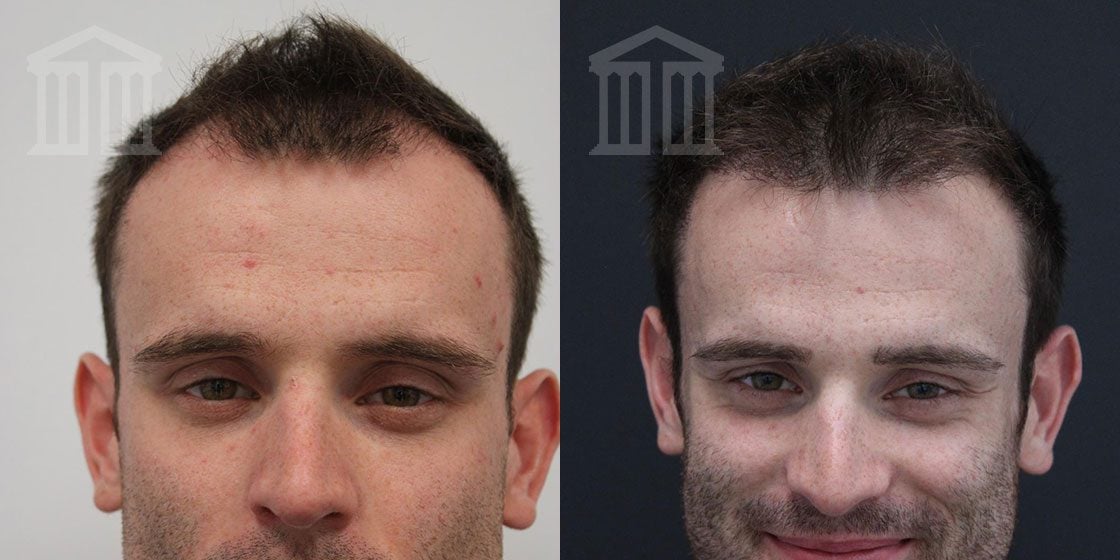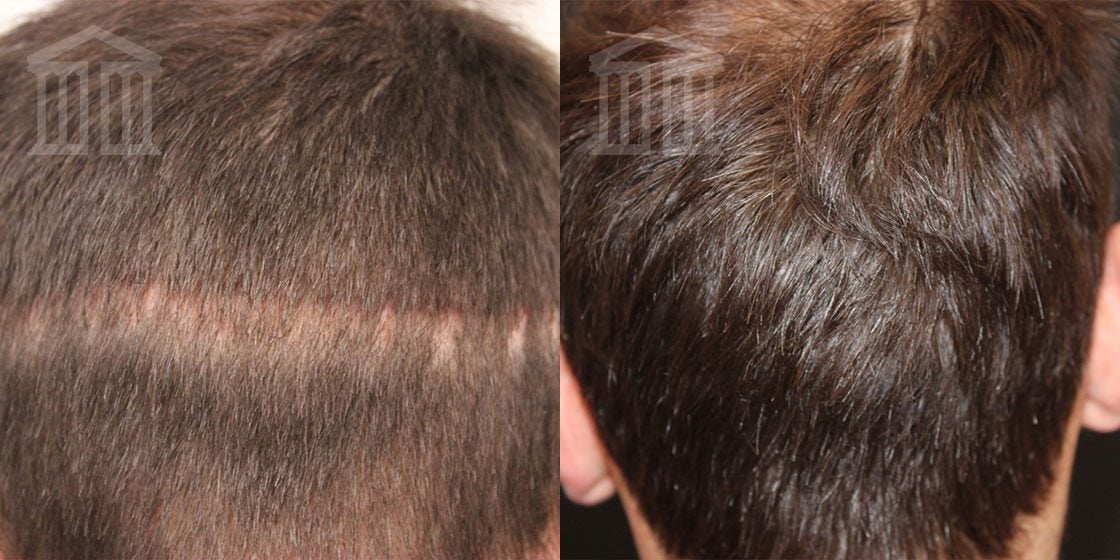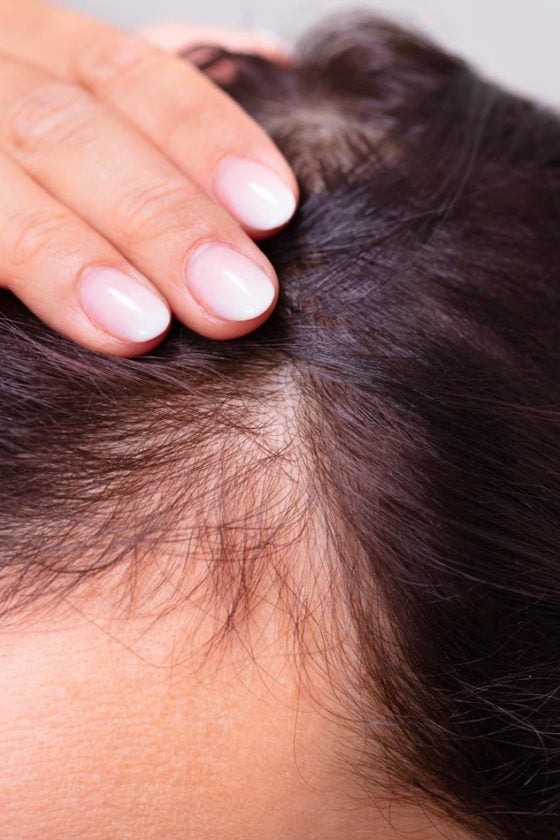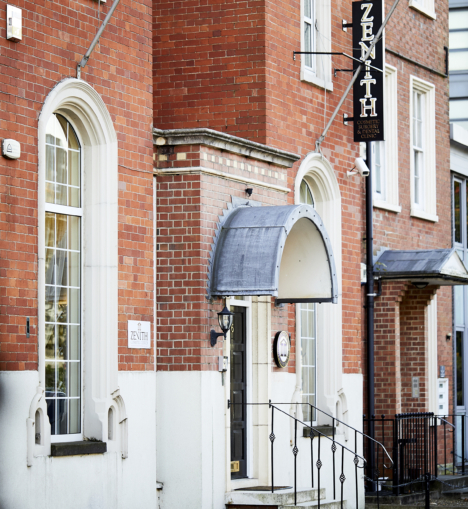PRP Hair Treatment
PRP Hair Rejuvenation Treatment is offered to those who are suffering with hair loss. Hair loss is a common feature in both men and women.
AT A GLANCE
DURATION
1 HOUR PER TREATMENT
DOWNTIME
24 HOURS
ANAESTHESIA
N/A
RESULTS
4-6 WEEKS
LONGEVITY
WHILE THE EFFECTS OF PRP THERAPY ARE NOT PERMANENT, THEY CAN LAST FOR SEVERAL YEARS WITH PROPER CARE.
Location availability

PRP Hair Treatment involves drawing blood from the patient’s arm and centrifuging it to extract the plasma.
This plasma is then injected into the affected areas of the patient’s scalp, where blood supply to the hair follicles have weakened due to medical treatments, illness, stress or genetic reasons.
Platelet-rich plasma (PRP) therapy is a cutting-edge treatment that is showing great promise in the field of hair restoration. PRP therapy uses the patient’s own blood to promote healing and hair growth. The platelets in the blood are rich in growth factors and other proteins that are essential for tissue regeneration. When injected into the scalp, these growth factors can stimulate new hair growth and prevent further hair loss.
PRP therapy is still considered to be in the early stages of research, but preliminary studies have shown promising results. A study published in the International Journal of Trichology found that PRP injections improved hair density in patients with androgenetic alopecia (male pattern baldness). Another study published in Dermatologic Surgery found that PRP injections improved hair growth in patients with alopecia areata.
What happens before the procedure?
Prior to undergoing scalp PRP therapy, patients will need to consult with a hair restoration doctor to determine whether they are good candidates for the treatment. During the consultation, the specialist will assess the patient’s hair loss pattern and overall health to determine whether PRP therapy is right for them. If the patient is deemed a good candidate, they will then need to have their blood drawn.
What happens during PRP Hair treatment?
The scalp PRP procedure is fairly simple. First, a small amount of blood is drawn from the patient. This blood is then placed in a centrifuge, which spins it and separates the platelets from the other blood cells. The platelets are then injected into the scalp in the areas where hair loss is occurring. The whole process takes less than an hour, and there is no downtime afterwards. Most patients see results within a few months, with continued improvement over the next year.
What happens after the procedure?
After the PRP Hair Treatment procedure, it is important to keep the area clean and dry for a few hours. You may also experience some numbness or tingling, which is also temporary. There is no further downtime and you can carry on with your routine activities from the next day.
Why Choose Zenith Cosmetic Clinics for PRP Hair Rejuvenation ?
Here at Zenith Cosmetic Clinics, we get excellent results from our PRP Hair Rejuvenation treatment that has been developed from a tried and tested regimen. We have the most proven and widely tested PRP system in the world!
FAQs
What are PRP injections?
PRP injections are the future of medicine. Using the components in your own blood, our doctors can stimulate healing that starts from deep within. First, we’ll withdraw some of your blood; then we’ll put your blood into one of our advanced centrifuges to extract the platelets. (Platelets are known to contain growth factors that spur healing.) We’ll then inject that solution directly into the scalp in the affected areas with hair loss. Once in place, the growth factors in the platelets will stimulate your scalp hair to repair and heal itself. Usually, you can experience deep healing in only 1-3 injections.
Does PRP Hair Treatment hurt?
The injection is not painful, but the inflammation can cause soreness after the procedure. We’ll give you medication to help with any discomfort; you can also use heat packs or hot compresses to soothe your pain.
How long does PRP last?
This needs careful assessment and depends on the severity of the original Hair Loss and results desired. Usually in women, top-up treatments are advised every 6-12 months to help maintain the rejuvenation and catch every hair cycle. With men, having the treatments more frequently is beneficial.
This will all be discussed with you during your consultation and be listed in your bespoke Treatment Plan after discussing your needs, lifestyle and budget.
How long does the procedure take?
It often takes between 30-90 minutes for a patient to get ready and have time to recover. We can provide the same quality of care with less time through our state-of-the-art office. The length of the procedure is of little inconvenience when compared to other available options.
How quickly will PRP Hair Treatment work?
You should see your first results in 2-6 weeks. Many patients see great improvement within 6-9 months of the treatment.
What are the expected outcomes of PRP?
You will notice increased functionality and hair growth after PRP stimulation and be able to avoid surgery to have a non-invasive, non-toxic alternative therapy.
What is the PRP Hair Treatment aftercare?
You can resume normal activities within a few hours after PRP therapy and can carry out strenuous physical activities 24-hours post PRP.
What’s the difference between PRP treatment and stem cells?
PRP and stem cell treatments involve different types of cells. PRP has natural growth factors and proteins that can spur healing and hair growth in your scalp. Often, platelets will “recruit” stem cells from other areas in the body to continue healing, but in PRP-only treatment, this occurs naturally, without further intervention beyond the PRP injections.
Stem cell treatments are much more powerful, as we implant your own stem cells directly to the site of the injury. These cells take the identity of the cells needed to heal tissue and repair damage.
What causes hair loss in women?
Hair loss is associated with follicle weakening. Specifically, the cause of hair thinning varies from woman to woman. Nearly four out of five women suffer hair loss due to their genetics. However, there are many other factors, including nutrition, age, stress, surgery and medications.
What causes hair loss in men?
Hair loss in men is primarily hereditary. It follows a specific, progressive pattern (male pattern hair loss) that is triggered by the hormone dihydrotestosterone (DHT). Just like in women, hair loss occurs when hair follicles weaken and stop producing new hair.
Who are the ideal candidates for PRP treatment for hair loss?
If there is still “weak quality” hair growth on your scalp, where we can still see hair follicles, or if you have only small areas of alopecia areata, you could be an ideal candidate for this procedure.
What are the benefits for PRP treatment for hair loss?
PRP for hair loss is a relatively low-cost, one hour procedure which is performed in the office and is completely non-invasive without any down time.
Before & After
See the results for yourself
Please browse the positive outcomes other patients have experienced from this treatment.
Making treatments affordable
0% Finance Available
Patients are often concerned about affordability of a treatment. To help alleviate this concern we provide flexible payment plans to suit your budget.
We can offer six months 0% interest option for any procedure over the value of £500. Interest bearing options are also available if you wish to spread your payments over a longer period of up to 5 years. Please contact our team on 0115 959 6999 for further details or click the link below.
Finance your treatment
PRP Hair Treatment Costs
Initial consultation...
£30
Redeemable against your treatment
Non-Surgical Treatment Coordinator
Costs from...
£635


PRP Hair Treatment overview
At a glance
Duration
1 Hour per treatment
Downtime
24 Hours
Anaesthesia
N/A
Results
4-6 Weeks
Longevity
While the effects of PRP therapy are not permanent, they can last for several years with proper care.


Patient Testimonials
What our patients have to say...


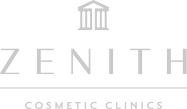

A clinic for you by Zenith
Cosmetic dentistry at its finest
We have a fantastic Dentistry team led by industry professional Professor Paul Tipton. Professor Tipton and his associates work on some of the most intricate cosmetic dentistry cases at our Nottingham Clinic.
Visit our Dentistry site


The goings on at Zenith
Zenith Journal
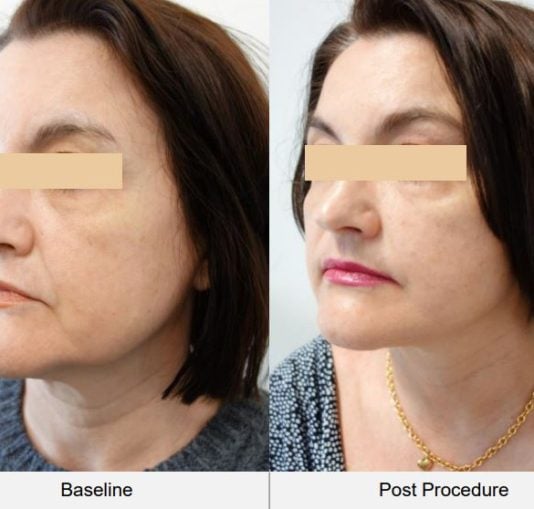

The Zenith Journal
How HiFu Lifts the SMAS Layer Without Surgery: The Science Behind the Magic
Read the story
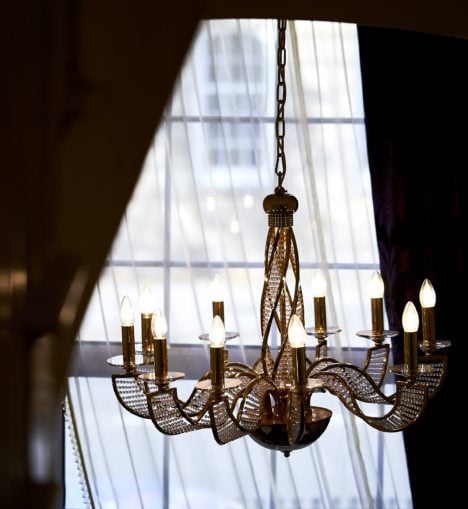

The Zenith Journal
Is Loose Skin After Weight Loss Normal? How Skin Tightening Can Help
Read the story
View all journal posts
